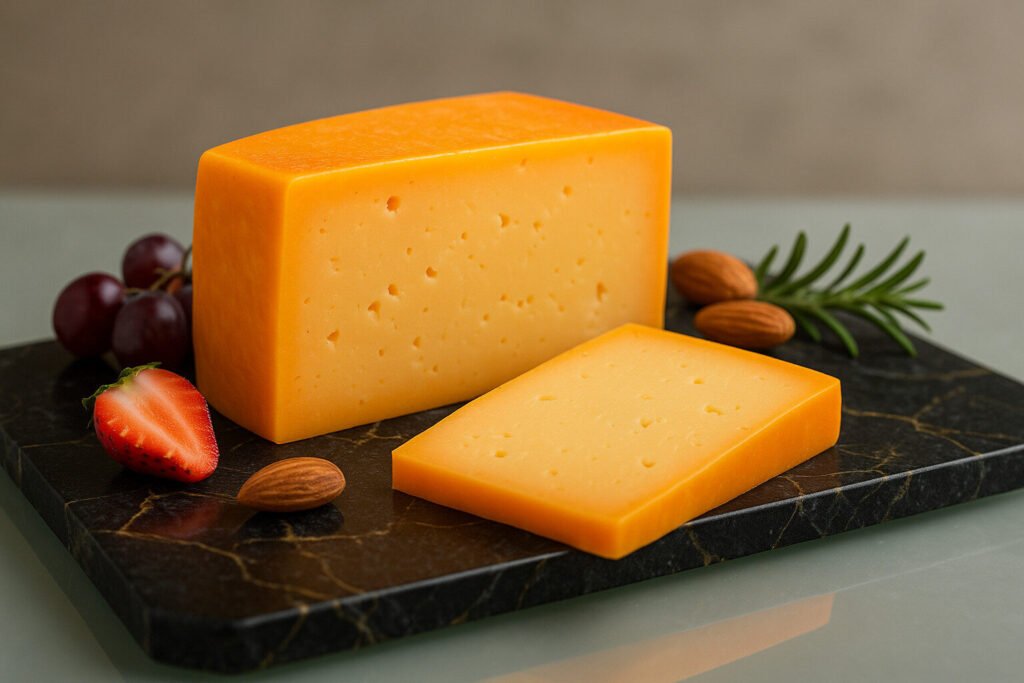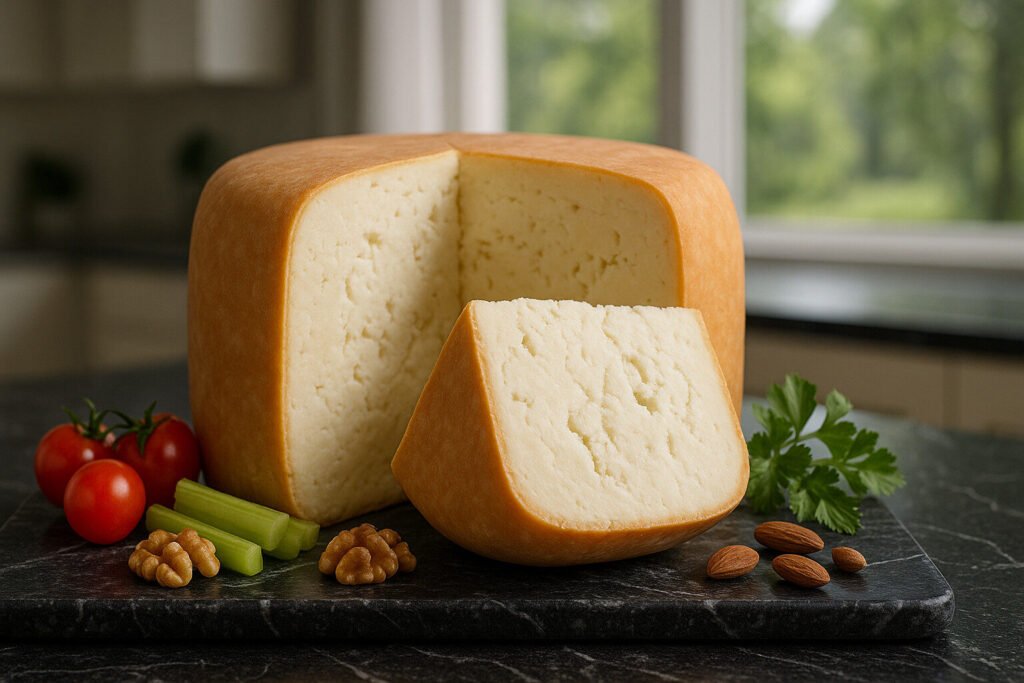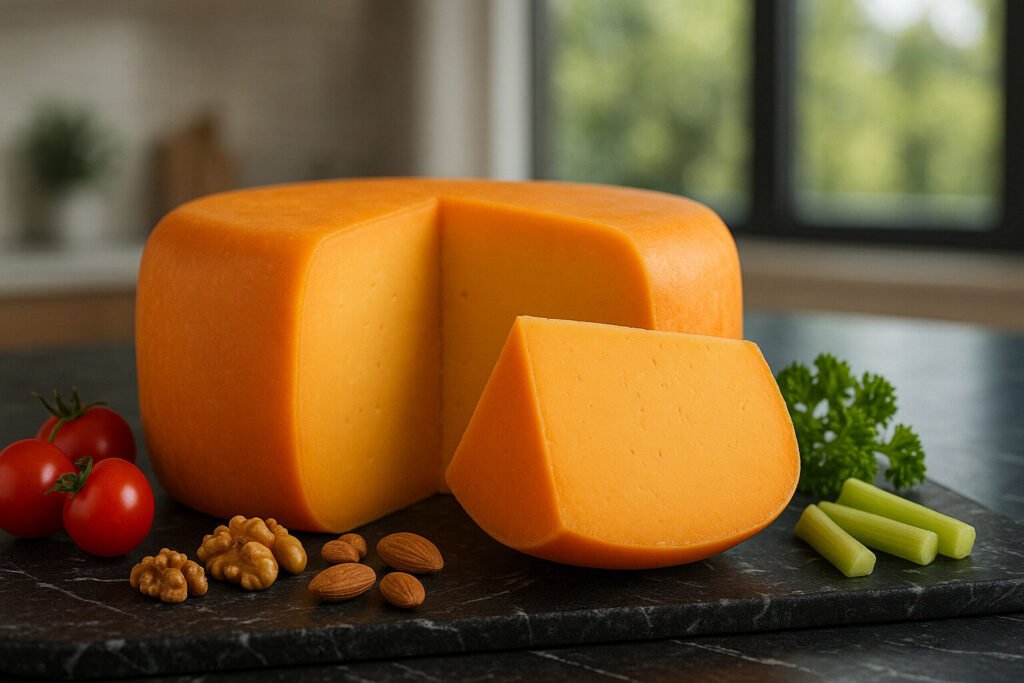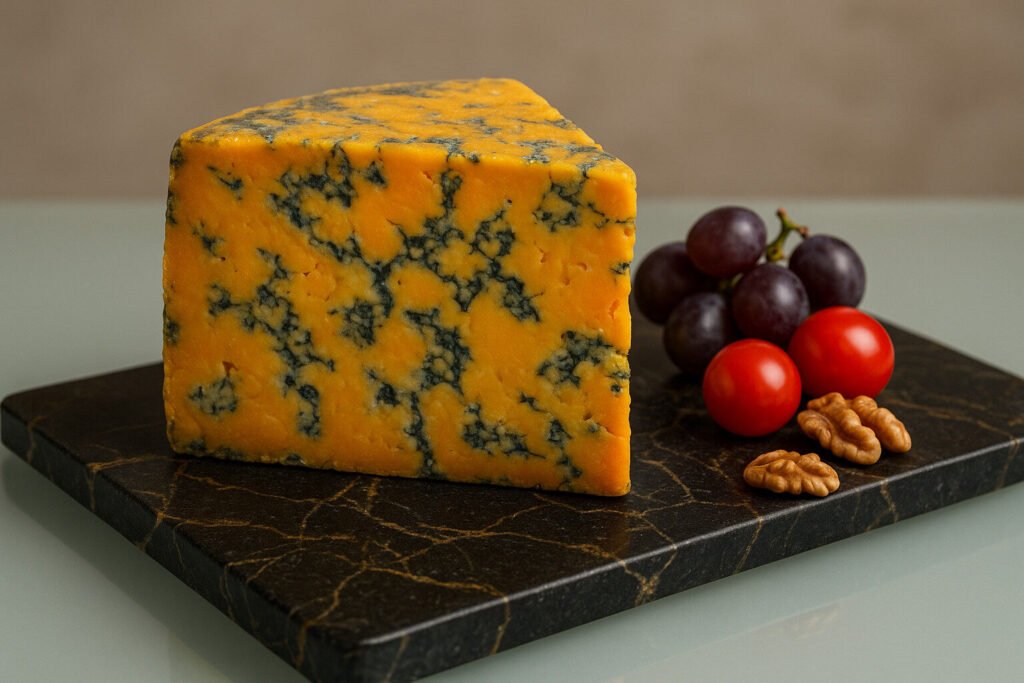Annatto Coloring
Definition and Scope
Annatto coloring is a natural food dye derived from the seeds of the achiote tree. It imparts a yellow to orange hue to cheese and other food products. This coloring is widely used in cheese production to standardize appearance and meet consumer expectations.
Annatto is classified as a carotenoid pigment and is approved for food use globally. Its application ranges from mild cheddars to processed cheese varieties. The coloring does not alter flavor, focusing solely on visual enhancement.
Production Process
Annatto extract is obtained by soaking the seeds in food-grade oils or alkaline solutions. This process dissolves the lipid-soluble pigments, primarily bixin and norbixin. The resulting liquid is then filtered to produce a concentrated coloring agent.
Cheesemakers add annatto to milk during the initial stages of cheese production. The dosage is carefully controlled to achieve consistent coloration throughout the curd. This timing ensures uniform distribution before coagulation occurs.
Sensory Profile
Annatto contributes no discernible taste or aroma to cheese products. Its function is purely visual, creating appealing golden and orange shades. The coloring remains stable through aging and cooking processes.
Consumer studies show that cheese color influences perception of flavor and quality. Annatto helps maintain color consistency across seasonal variations in milk composition. This visual reliability supports brand recognition and product identification.
Common Applications
Annatto coloring is particularly prevalent in orange cheddar and colby cheese varieties. It is also used in red leicester and certain mexican-style cheeses. Processed cheese products frequently incorporate annatto for color standardization.
The coloring allows producers to maintain uniform appearance year-round. This is especially important for cheeses marketed in multiple regions. Annatto provides a cost-effective alternative to relying on seasonal milk carotenoids.
Regional Examples
British cheesemaking traditions prominently feature annatto in red leicester and double gloucester. These cheeses are known for their distinctive orange-red coloration. The practice dates back to the 16th century when producers began enhancing cheese appearance.
In the Americas, annatto colors many mass-produced cheddar and colby cheeses. Wisconsin cheesemakers particularly embraced annatto during the 20th century. Mexican queso fresco and queso oaxaca also commonly use this natural coloring.





